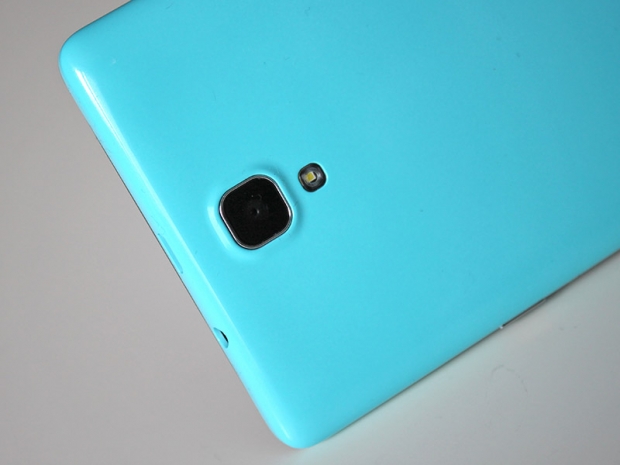Index
Audio, Display and Camera Quality
The display is not very bright, although it is still a laminated IPS panel, so you get good viewing angles and colours. It is by no means impressive, especially not when you place it next to a flagship phone, but it gets the job done. In terms of resolution, 720p is not a lot nowadays, especially not on a 5.5-inch panel, but it’s not bad either. MediaTek has a patent pending technology called MiraVision, and this display picture quality optimization techniques makes a big difference when it is turned on. It can optimize picture at the pixel level, making a 720p display appear sharper than without it.
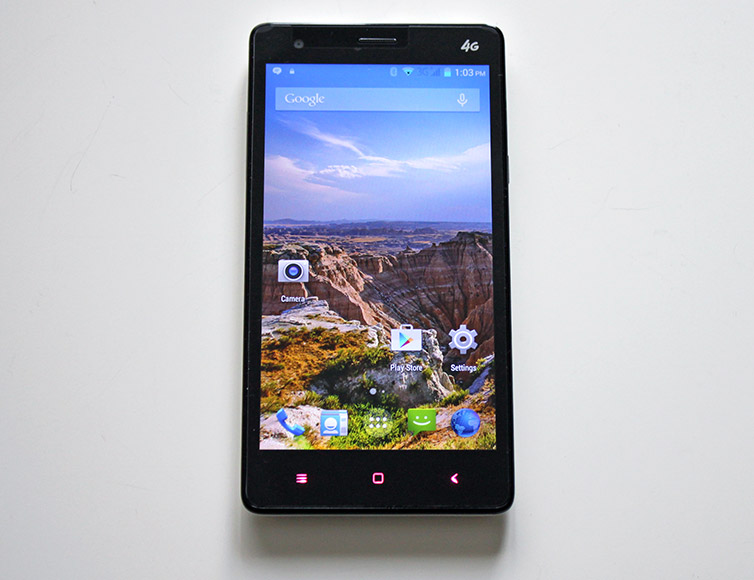
The panel is still pretty good for browsing and reading, casual gaming and the usual stuff. However, outdoors it simply lacks the contrast and brightness offered by more expensive handsets. The bezels are relatively thick, but that’s to be expected on this sort of device.
In terms of audio quality, call quality is average. There is no fancy noise cancelling microphone, but we doubt users will have much to complain about. The large speaker grille on the back might suggest that the phone has a stereo speaker setup, but it does not. There’s just one speaker on the left side. You won’t get a headset in the box, either.
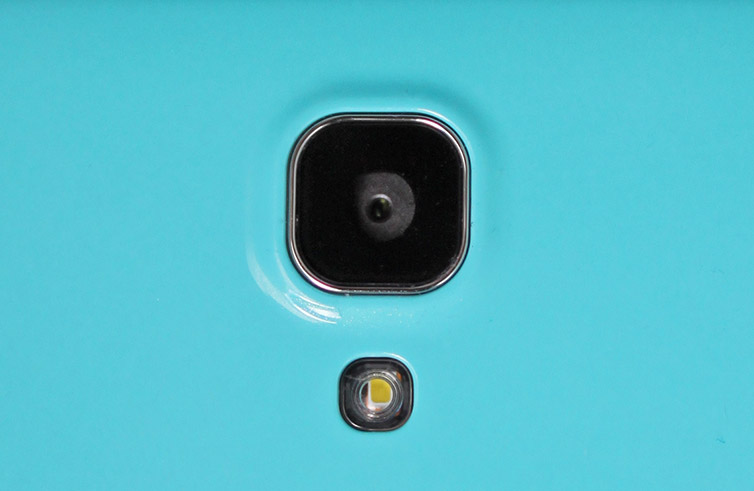
As for the cameras, we can only say that megapixels are not everything, so you shouldn’t expect any miracles. However, with a 13-megapixel unit on the back and an 8-megapixel sensor, you do get more than you would expect on an entry-level device. The speedy processor also helps, as the camera is relatively fast, which is just as important as imaging quality.
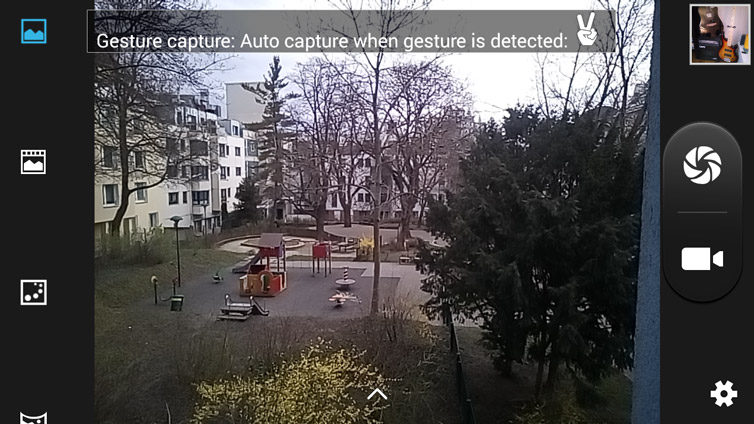
The camera app has a few additional features you won’t find in Google’s camera software, but most of them are gimmicks, although there are a few neat options. It is mainly based on the stock Android KitKat camera but it adds gesture capture support and it will look for your Victory sign to take a picture automatically.
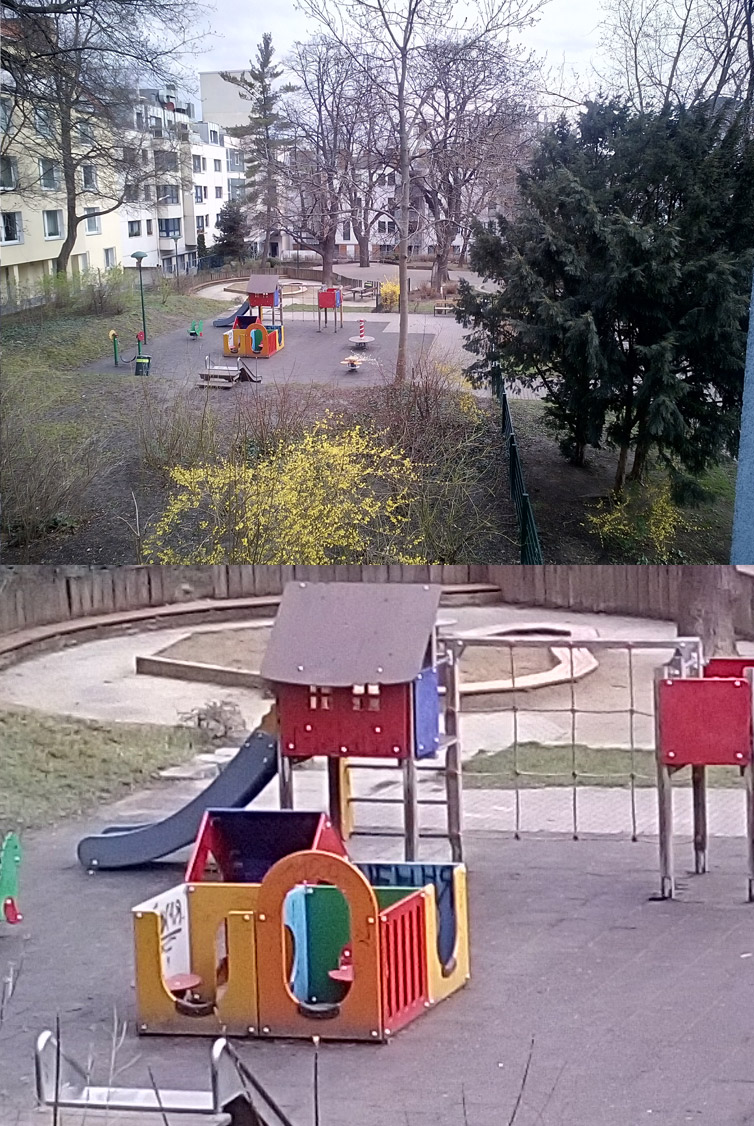
Pictures taken outdoors were quite good considering the price category, but the ones taken in low light ended up with a lot of noise. Once you turn on HDR, things get significantly better in some situations, but you need to keep the phone very steady.
Cropped to 100%, our sample images reveal the camera's abilites in daylight and we have to say we are very pleased. Dynamic range is somewhat limited and colours aren't too vivid, but there is really not much to complain about.

You should have no trouble getting decent looking images indoors during daylight hours, but as you can see the camera struggles in poorly lit environments.

Video at High Quality works in 1280x720 video and there is also a Fine settings, boosting the capture resolution to 1920x1080 and at this setting a 60-second video occupies 119 MB. The microphone will do a decent job in a quiet environment and the camera will be able to change focus almost instantly. In any case the results are average, but you won’t be embarrassed to share videos captured by the Red Note.
The megapixel count is impressive on both cameras, and the results aren't bad. We also compared the M52 to much more expensive devices like HTC's Desire Eye and One M9, and the camera obviously wasn't able to keep up with these premium models. Although we weren’t too impressed by images deliever in low light, we were taken aback by the sheer speed at which we could access the camera, touch to focus and take a few snaps.
This is simply not something you can get on a cheap phone with an underpowered processor, but thanks to the MT6752, the big Mlais is just as fast as devices that cost twice as much, or more. Long story short, the Red Note gets a thumbs up in the camera department. You'd be hard pressed to find anything better for this sort of money.

